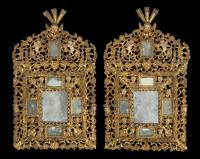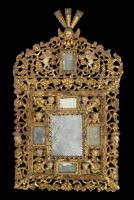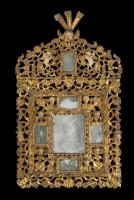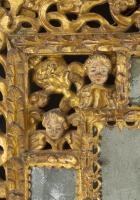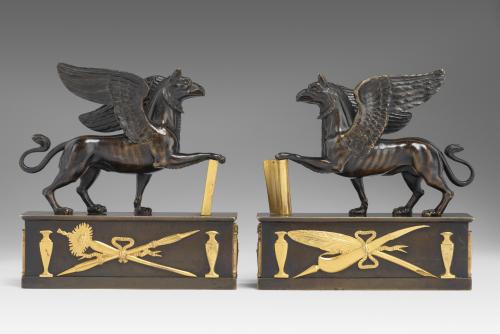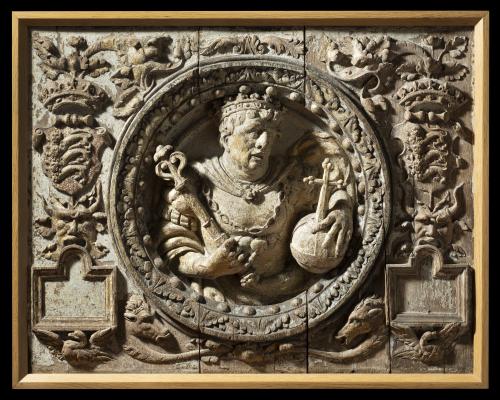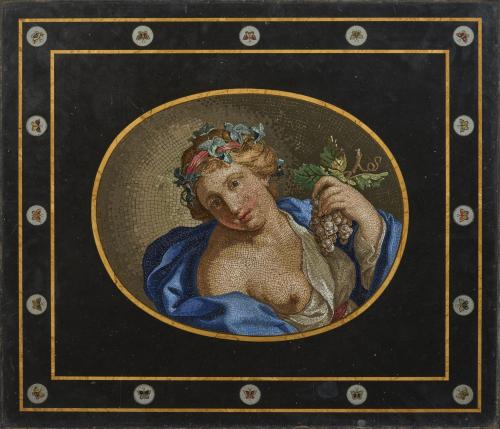
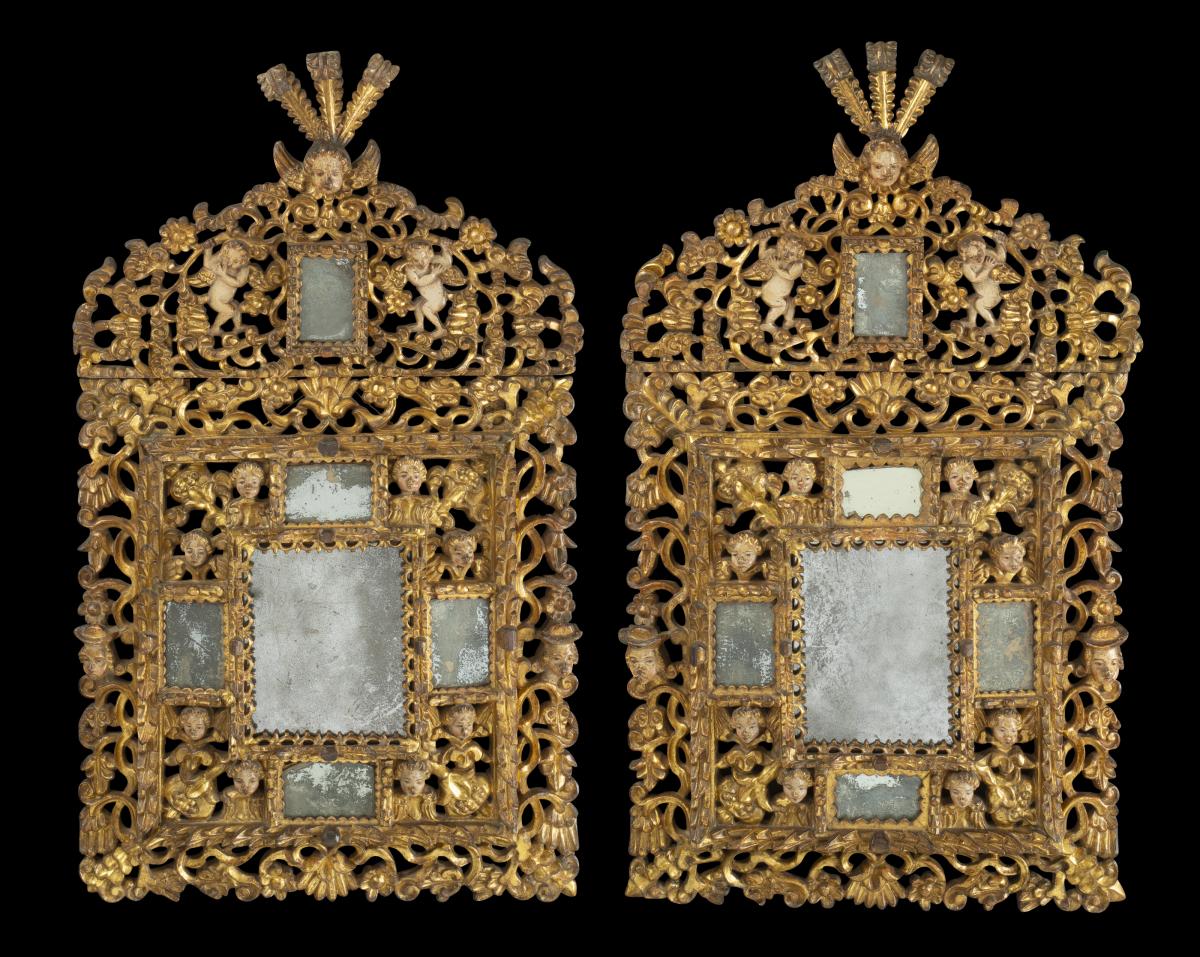
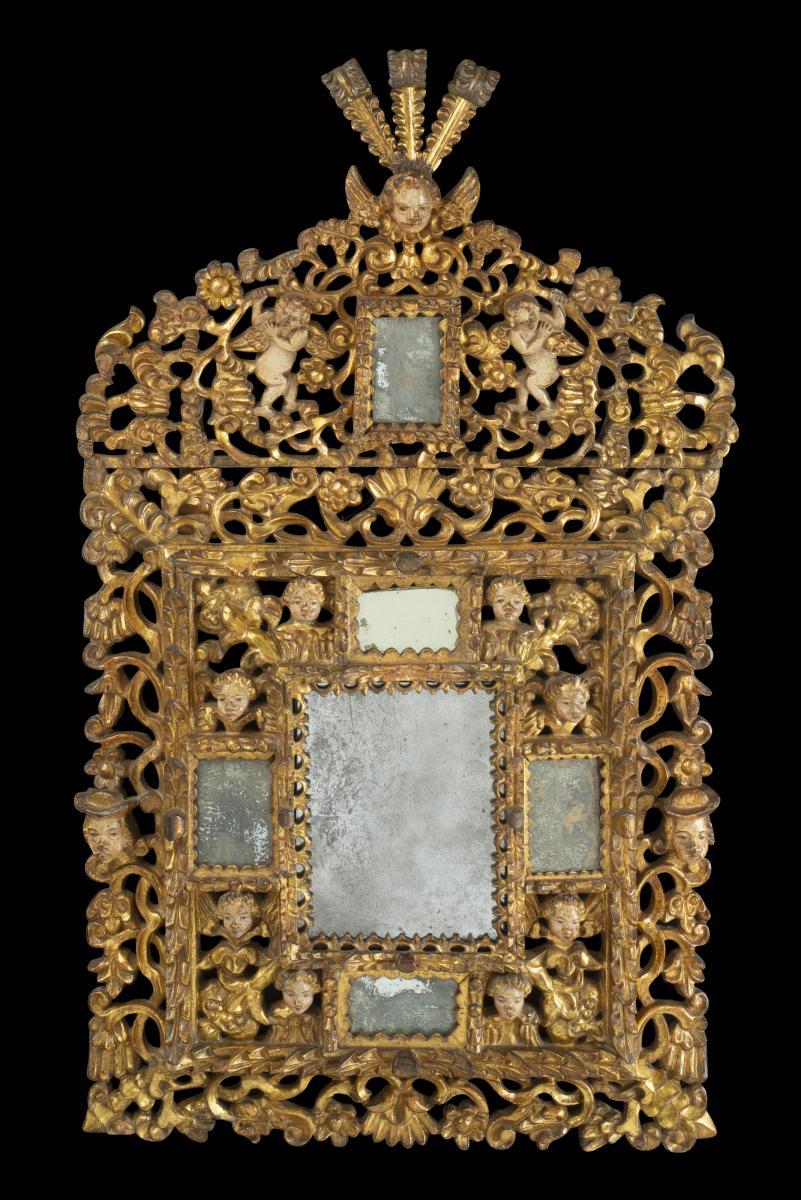
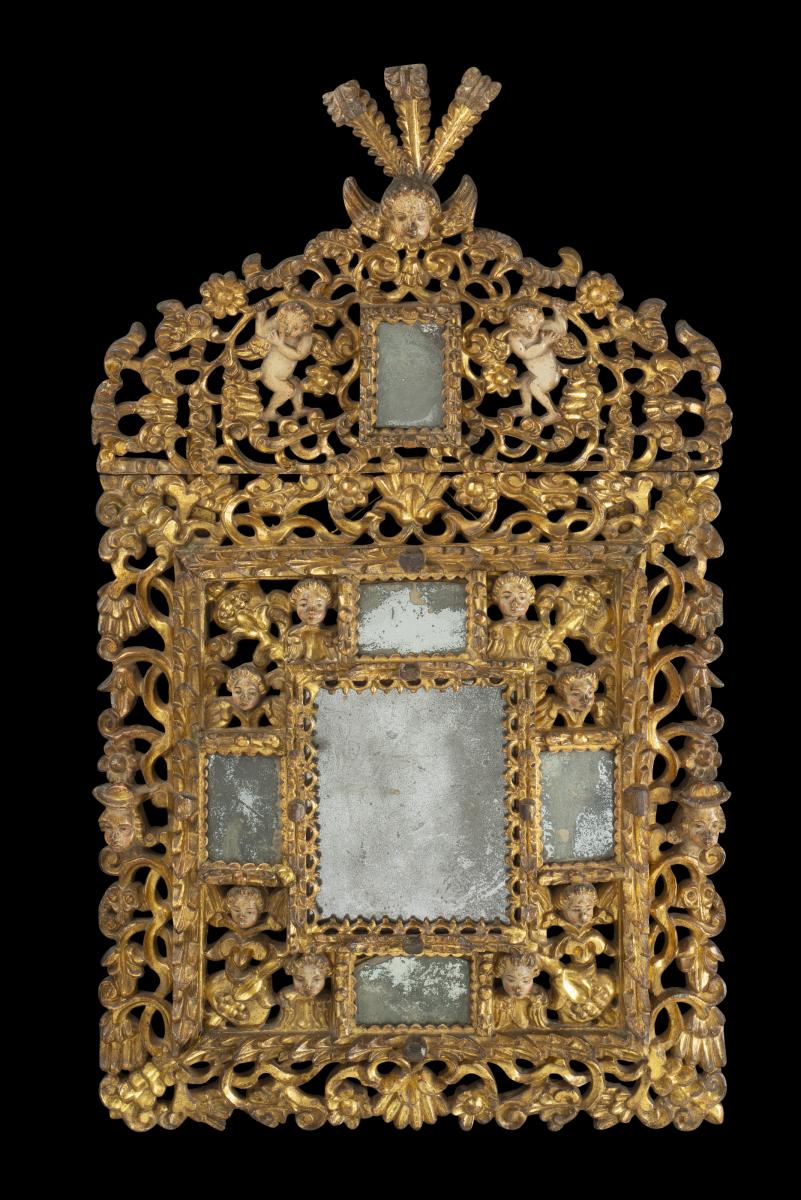
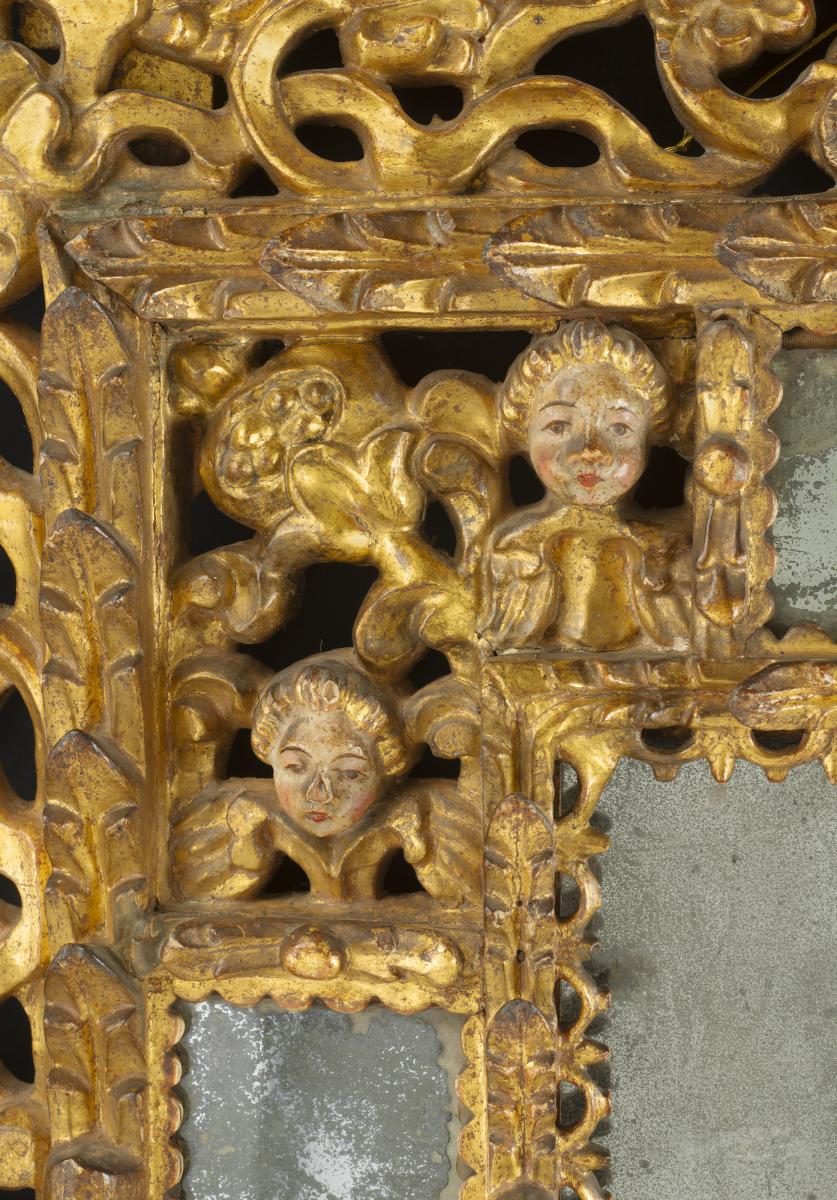
Price on application
This object includes complimentary, Insured Shipping / Delivery within the UK
This object is eligible for a Certificate of BADA Provenance
The BADA Standard
- Since 1918, BADA has been the leading association for the antiques and fine art trade
- Members are elected for their knowledge, integrity and quality of stock
- Our clients are protected by BADA’s code of conduct
- Our dealers’ membership is reviewed and renewed annually
- Bada.org is a non-profit site: clients deal directly with members and they pay no hidden fees
Pair of Spanish Colonial Carved Giltwood and Polychrome Baroque Frames.
Viceroyalty of Peru, Circa 1680.
Cedar, mirror glass
Carved and polychrome cedar wood profusely carved with intertwining floral decorations, angels and characters, incorporating panels of mirror glass, some with etching indicating it was re-used. Possibly originally with paintings in the centre.
Writing about the oil on paper The Meeting of Joachim and Anna (museum no. 41.1275.14), the Brooklyn Museum website states "Lists of paintings in dowries and estate inventories often include descriptions, however brief, of their frames. In the colonial period, frames were often higher in value than their painted images, especially when made of silver or embellished with gold leaf. Paintings were even cut down to fit expensive frames or discarded altogether and replaced with mirrors."
In Dévotion Baroque - Tresors du Musee de Chaumont, Raphaele Carreau illustrates 'The Snow Virgin' (Musée de la Crêche, Chaumont, 2009) which shows the painting in a frame of similar form, including a detachable cornice and panels of mirrored glass, with polychrome decorated human heads interspersed amongst the scroll work carving. The Chaumont frame is a little less compact and is tentatively ascribed to Popayan in Southern Colombia.
An earthquake seriously affected Cuzco in 1650 which in turn called for a rapid process of rebuilding. Bishop Mollinedo y Angulo took the arduous task in hand: he took architects and sculptors under his protection, commissioning them to restore where possible and build new works where necessary. The demand for workers was enormous, and there were not enough European-trained artists and artisans to meet the task, which meant that Mestizo art and its artists started to be considered, having been previously disregarded by the cultured sections of society. The merging of human figures and 'Indian' cherubs with verdant fruit and foliage is characteristic of the mestizo carver in Cuzco in the late 17th Century.
Dimensions
100 x 57 cmPrice on application
This object includes complimentary, Insured Shipping / Delivery within the UK
This object is eligible for a Certificate of BADA Provenance
Stock number
7025The BADA Standard
- Since 1918, BADA has been the leading association for the antiques and fine art trade
- Members are elected for their knowledge, integrity and quality of stock
- Our clients are protected by BADA’s code of conduct
- Our dealers’ membership is reviewed and renewed annually
- Bada.org is a non-profit site: clients deal directly with members and they pay no hidden fees


